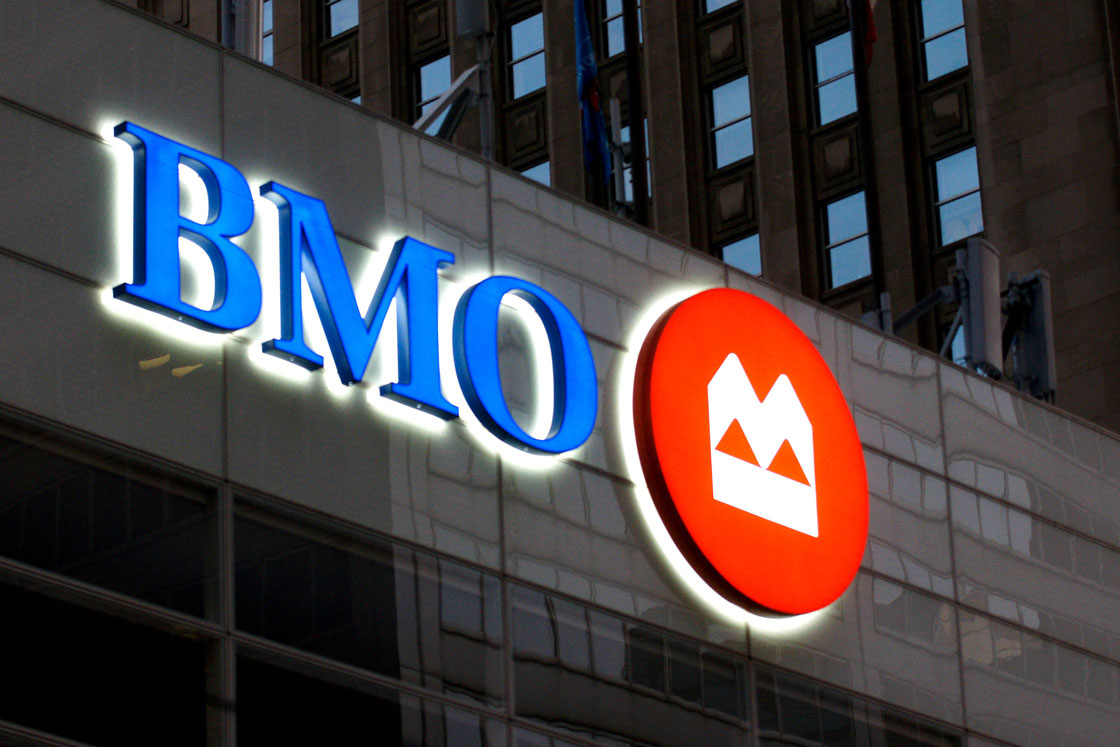TORONTO – The Bank of Montreal saw its third-quarter profit climb six per cent from last year, but analysts say a troubling trend in the bank’s oil and gas loan book is the first sign of challenges ahead for Canada’s biggest lenders.

BMO’s net income for the quarter rose to $1.19 billion while adjusted net income was $1.23 billion, both up six per cent.
Concerns have swirled around the Canadian banks due to the dramatic plunge in the price of oil, but so far, none of those impacts have affected the lenders’ bottom lines.
MORE: Here’s how fast mortgage loans are growing at big lenders
Patrick Blais, senior portfolio manager at Manulife Asset Management, says BMO’s solid third-quarter results indicate that it will be some time before the full impact of the oil decline materializes in Canadian banks’ earnings results.
“BMO is showing us that credit losses are probably not this quarter’s story,” said Blais.

Get weekly money news
However, Edward Jones analyst Jim Shanahan noted that impaired loans to the oil and gas sector were up “sharply” from the previous quarter, totalling $106 million — an increase of $80 million from the second quarter, when impaired loans to the oilpatch were $26 million.
Blais said that although the uptick in impaired business loans is “fairly sizable,” the banks are good at diversifying in order to minimize their exposure to cyclical industries such as the oilpatch.
“At the end of the day, it’s not the direct exposure that worries us — we think that’s manageable,” said Blais.
Bigger impact
“It’s more the indirect cost of the energy slowdown that might have a greater impact, but is definitely harder to gauge — and that basically means the impact on the Canadian consumer out west. I think it’s just a question of time before it filters through to higher consumer loan losses, and that’s where we’ll see a bigger impact.”
BMO says its Canadian personal and commercial operations generated $556 million of net income — about half of the total — up six per cent from last year.
Its U.S. personal and commercial operations grew net income by 38 per cent to $222 million, as the bank managed expenses and reduced credit losses while generating stable revenue.
BMO’s wealth management generated $210 million of net income, up 11 per cent from a year ago, while net income at its capital markets division fell 11 per cent to $273 million due to higher expenses and higher provisions for credit losses.
“Our performance reflects the benefit of BMO’s diversified business mix and confirms that the investments we have made are generating growth while ensuring that we keep pace with a new generation of banking customers,” BMO chief executive Bill Downe said in a statement.

Comments